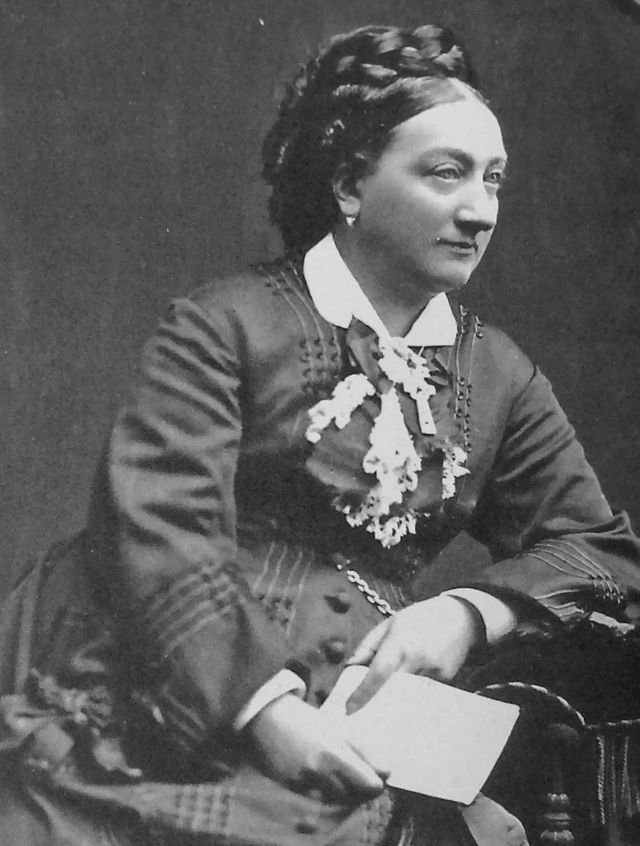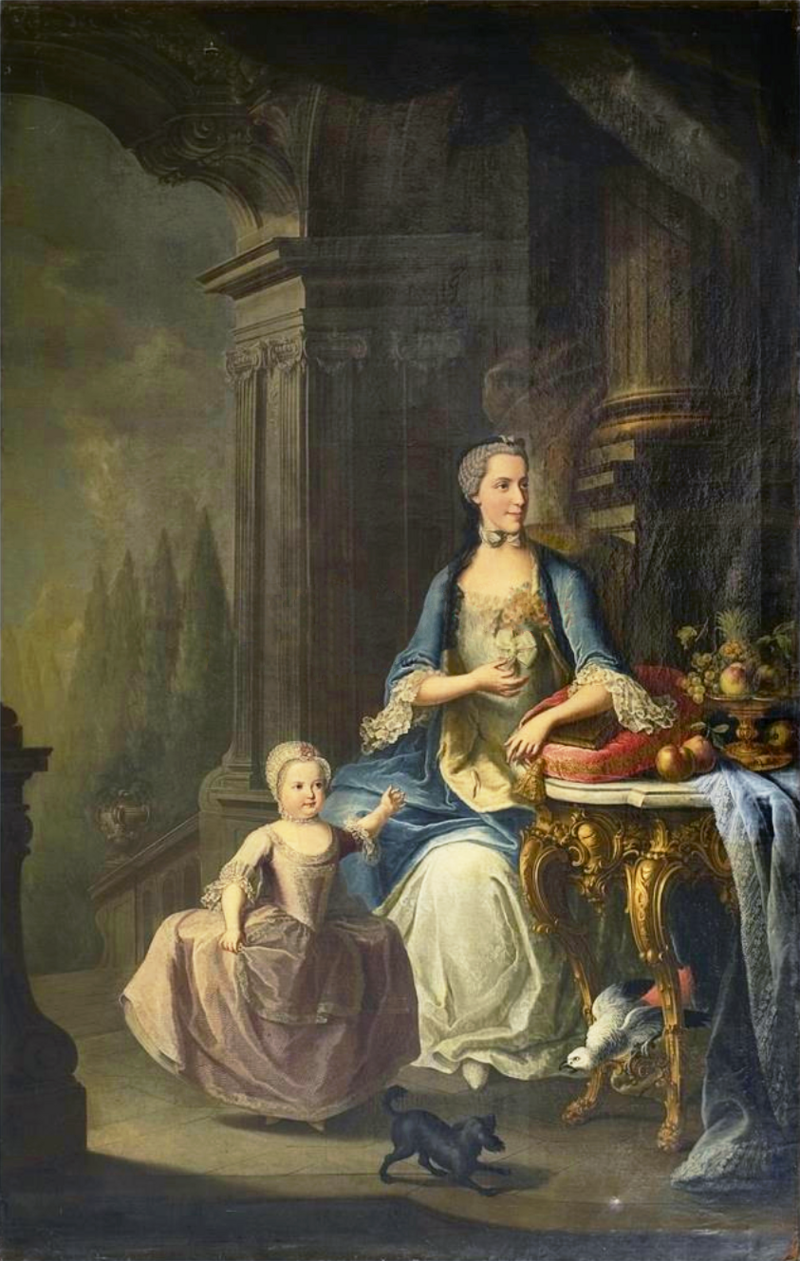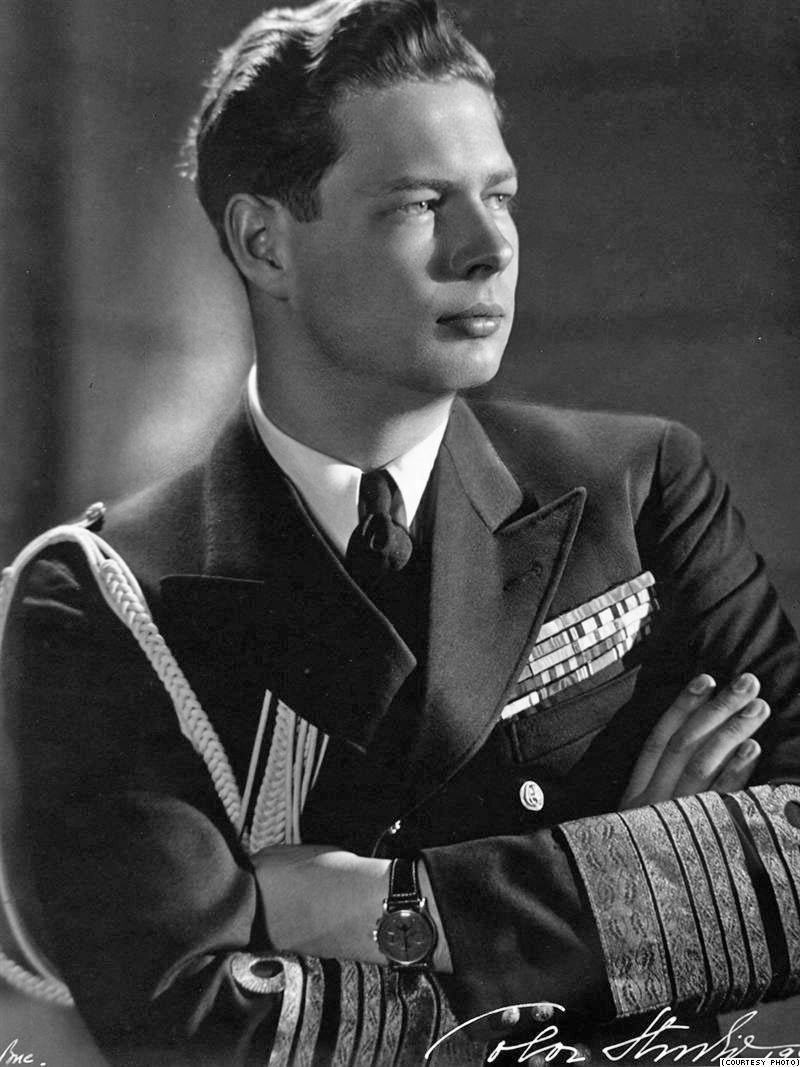by Susan Flantzer
© Unofficial Royalty 2023
On June 9, 1946, 20-year-old King Ananda Mahidol of Thailand was found shot to death in his bedroom in the Boromphiman Throne Hall, a residential palace located in the Grand Palace complex in Bangkok, Thailand. He died from a single gunshot wound to the forehead.
King Ananda Mahidol of Thailand

King Ananda Mahidol of Thailand in 1946; Credit – Wikipedia
King Ananda Mahidol of Thailand was born on September 20, 1925, in Heidelberg, Germany where his parents were studying at Heidelberg University. He was the second of the three children and the elder of the two sons of Prince Mahidol Adulyadej and Princess Srinagarindra. His younger brother succeeded him as King Bhumibol Adulyadej and reigned until his death in 2016. Prince Mahidol Adulyadej was the son of King Chulalongkorn and Sri Savarindira, a consort and half-sister of King Chulalongkorn. King Chulalongkorn had 92 consorts during his lifetime and had 77 surviving children.
On September 24, 1929, King Ananda Mahidol’s father Prince Mahidol Adulyadej died of kidney failure at the age of 37. In 1935, King Prajadhipok of Thailand, one of Ananda Mahidol’s many uncles, abdicated due to political issues and health problems. He decided not to name a successor to the throne. Instead, the Cabinet, with the approval of the National Assembly, used the 1924 Palace Law of Succession and named nine-year-old Ananda Mahidol as King of Thailand. Because the new king was a child and attending school in Switzerland, three regents were appointed to take over the duties of the young king.

King Ananda Mahidol of Thailand in 1938; Credit – Wikipedia
In 1938, accompanied by his mother and his siblings, Ananda Mahidol returned to Thailand for the first time as its king. He spent two months in Thailand and then returned to Switzerland to resume his studies.
In December 1941, during World War II, Japan occupied Thailand. King Ananda Mahidol was studying in Switzerland and he remained there until the end of World War II. He returned to Thailand in December 1945 after receiving a law degree from the University of Lausanne in Switzerland. King Ananda Mahidol had plans to return to the University of Lausanne to obtain a Ph.D. in law four days after his death. After obtaining his Ph.D, he planned to return permanently to Thailand and have his coronation.
On June 9, 1946, 20-year-old King Ananda Mahidol of Thailand was found shot to death in his bedroom in the Boromphiman Throne Hall, a residential palace located in the Grand Palace complex in Bangkok, Thailand. King Ananda Mahidol was cremated at Sanam Luang, an open public square in Bangkok, Thailand on March 29, 1950, four years after his death.

King Ananda Mahidol’s ashes are enshrined in the base of the Buddha; Credit – www.findagave.com
What caused the death of King Ananda Mahidol?

King Ananda Mahidol and Louis Mountbatten, 1st Earl Mountbatten of Burma on January 19, 1946, in Bangkok, Thailand; Credit – Wikipedia
Besides knowing the pathological cause of King Ananda Mahidol’s death, why he died has never been definitively answered. It was noted at the time of his death that Ananda Mahidol did not want to be king and felt his reign would not last long. In January 1946, Louis Mountbatten, 1st Earl Mountbatten of Burma, the British commander in Southeast Asia, visited King Ananda Mahidol in Bangkok, Thailand. Lord Mountbatten described the young king as “a frightened, short-sighted boy, his sloping shoulders and thin chest behung with gorgeous diamond-studded decorations, altogether a pathetic and lonely figure.” After attending a public function with King Ananda Mahidol, Lord Mountbatten observed, “His nervousness increased to such an alarming extent, that I came very close to support him in case he passed out”. Lord Mountbatten’s anecdote questions the state of mind of King Ananda Mahidol.
What happened on the morning of June 9, 1946?

The Boromphiman Throne Hall in the Grand Palace complex. King King Ananda Mahidol’s bedroom was on the upper floor; Credit – Wikipeda
A sequence of events for the morning of June 9, 1946, was devised by Dr. Keith Simpson, pathologist to the British Home Office and founding chairman of the Department of Forensic Medicine at Guy’s Hospital in London, after a forensic analysis of King Ananda Mahidol death. Dr. Simpson included this information in Chapter 13 – The Violent Death of King Ananda of Siam, in his book Forty Years of Murder: An Autobiography.
- 6:00: King Ananda Mahidol was awakened by his mother in his bedroom located on the second floor of the Boromphiman Throne Hall in the Grand Palace.
- 7:30: The king’s page Butsat Patthamasarin, came on duty and began preparing a breakfast table on a balcony adjoining the king’s dressing room.
- 8:30: Butsat Patthamasarin saw the king standing in his dressing room. He brought the king his customary glass of orange juice a few minutes later. However, by then the king had gone back to bed and refused the juice.
- 8:45: The king’s other page Chit Singhaseni appeared, saying he had been called to measure the king’s medals and decorations on behalf of a jeweler who was making a case for them.
- 9:00: Prince Bhumibol Adulyadej visited his brother King Ananda Mahidol. He said afterward that he had found the king dozing in his bed.
- 9:20: A single shot rang out from the king’s bedroom. Chit Singhaseni ran in and then ran out along the corridor to the apartment of the king’s mother, crying “The king’s shot himself!” The king’s mother followed Chit Singhaseni into the king’s bedroom and found the king lying face up in bed, bloodied from a wound to the head.
Aftermath

The three men arrested tried, found guilty, and executed for the supposed assassination of King Ananda Mahidol: left tp right: Chit Singhaseni, Bustat Patmasarin and Chaliao Pathumros; Credit – Wikipedia
An initial radio announcement on June 9, 1946, reported that King Ananda Mahidol was accidentally killed while holding his pistol. In October 1946, a Commission of Inquiry reported that King Ananda Mahidol’s death could not have been accidental but that neither suicide nor murder had been satisfactorily proven.
King Ananda Mahidol’s secretary Chaliao Pathumros and his pages Chit Singhaseni and Butsat Patmasarin were arrested and charged with conspiracy to murder the king. After a very long trial, the court ruled that King Ananda Mahidol had been assassinated but that there was no proof that any of the three had killed the king. However, Chit Singhaseni was found guilty of being a party to the murder.
Chit Singhaseni appealed his conviction and the prosecution appealed the acquittal of Chaliao Pathumros and Butsat Patmasarin. After fifteen months of deliberation, the Appeals Court dismissed Chit Singhaseni’s appeal and also found Butsat Patmasarin guilty. They then both appealed to the Supreme Court which deliberated for ten months before upholding both convictions and also finding Chaliao Pathumro guilty. The three men’s petitions for clemency were rejected by King Bhumibol Adulyadej. They were executed by firing squad on February 17, 1955. King Ananda Mahidol’s brother and successor, King Bhumibol Adulyadej, later said that he did not believe the three men were guilty.
What Could Have Happened?
Various people have suggested what could have happened.
Dr. Keith Simpson, the forensic pathologist who investigated King Ananda Mahidol’s death, found it highly unlikely that the death was due to suicide. In Chapter 13 – The Violent Death of King Ananda of Siam, in his book Forty Years of Murder: An Autobiography, Dr. Simpson noted:
- The gun was found next to the king’s left hand, but he was right-handed.
- The direction of the bullet fired was not inward towards the center of the head.
- The wound over the left eye was not a contact discharge, a gunshot wound incurred while the gun was in direct contact with the body at the moment of discharge
- The king was killed while lying flat on his back. Simpson noted that in twenty years’ experience, he had never known of any suicide shooting while lying flat on the back.
King Bhumibol Adulyadej was certain that his brother’s death had been accidental. After the court ruled that the death was proven not an accident, He noted in English: “The investigation provided the fact that he died with a bullet wound in his forehead. It was proved that it was not an accident and not a suicide. One doesn’t know. … But what happened is very mysterious, because immediately much of the evidence was just shifted. And because it was political, so everyone was political, even the police were political, [it was] not very clear. I only know [that] when I arrived he was dead. Many people wanted to advance not theories but facts to clear up the affair. They were suppressed. And they were suppressed by influential people in this country and in international politics.”
Seni Pramoj and the Democrat Party spread rumors that former Prime Minister Pridi Banomyong was behind the death. A United States State Department memo said: “Within forty-eight hours after the death of the late King, two relatives of Seni Pramoj, first his nephew and later his wife, came to the Legation and stated categorically their conviction that the King had been assassinated at the instigation of the Prime Minister.” (Pridi Phanomyong)
Sulak Sivaraksa, a more recent prominent conservative and monarchist, wrote in 2015 that former Prime Minister Pridi Banomyong was protecting “a wrongdoing royal, and prevented an arrest of a person who destroyed the evidence…in truth, the murderer of the king is not Pridi Banomyong. That person is still alive.”
Prime Minister Pridi Banomyong met with American Chargé d’affaires Charles Yost who made the following report to the US State Department: “Pridi spoke very frankly about the whole situation and ascribed the King’s death to an accident, but it was obvious that the possibility of suicide was at the back of his mind. Pridi was violently angry at the accusations of foul play leveled against himself and most bitter in the manner in which he alleged that the Royal Family and the Opposition, particularly Seni Pramoj and Phra Sudhiat, had prejudiced the King and especially the Princess Mother against him.”
Field Marshal Plaek Pibulsonggram, after overthrowing Prime Minister Pridi Banomyong in a coup, told United States Ambassador Edwin Stanton that he “personally doubted whether Pridi was directly involved for two reasons: “firstly, … Pridi is a very clever politician and secondly, … he has a ‘kind heart’. Plaek Pibulsonggram “did not think that Pridi would cause anybody to be murdered. However, Plaek Pibulsonggram said that it was possible Pridi had covered up or destroyed some of the evidence to protect the successor King Bhumibol Adulyadej.
William Stevenson, author and journalist, gave an account of the death in his book The Revolutionary King, written with the cooperation of King Bhumibol Adulyadej. The account says those executed were innocent and suggests that King Ananda Mahidol was murdered by Tsuji Masanobu, a former Japanese intelligence officer who had been active in Thailand during the war and was hiding out in Thailand for fear of being prosecuted for his war crimes.
Rayne Kruger, journalist and author, who had access to members of the inner circle of the Thai royal family, says in his book The Devil’s Discus that King Ananda Mahidol died by suicide, perhaps an accidental suicide. Kruger writes about a Swiss girl Marylene Ferrari as a love interest of King Ananda Mahidol. Kruger suggests that King Ananda Mahidol might have died by suicide because he knew marrying Marylene would be impossible. He further surmised that the death of King Ananda Mahidol was exploited for a political vendetta, and King Ananda Mahidol’s secretary Chaliao Pathumros and his pages Chit Singhaseni and Butsat Patmasarin were charged, tried, and executed to maintain the façade.
Paul Handley, the author of an unauthorized biography of King Bhumibol Adulyadej, The King Never Smiles, wrote that either suicide or an accidental shooting by Prince Bhumibol was responsible for King Ananda Mahidol’s death. He says, “I have no idea whether Ananda shot himself or was killed by Bhumibol, the two possibilities most accepted among historians. If the latter, I clearly term it an accident that occurred in play”.

Marylene Ferrari; Credit – Desperately seeking Marylene
Pavin Chachavalpongpun, Associate Professor at Kyoto University‘s Center for Southeast Asian Studies, and the author of Love and Death of King Ananda Mahidol of Thailand, published in 2021, writes about the Swiss girl Marylene Ferrari who was mentioned as a love interest of King Ananda Mahidol in Rayne Kruger’s book The Devil’s Discus. Intrigued about Marylene Ferrari, Chachavalpongpun sought to find more information.
King Ananda Mahidol and Marylene Ferrari met in 1943 at the law school at the University of Lausanne in Switzerland. The two became romantically involved despite the Thai royal family discouraging the relationship. Their relationship shaped King Ananda Mahidol’s perception of marriage and his duties as king of a very traditional Thailand. Thinking back on what Lord Mountbatten said about King Ananda Mahidol – that he did not want to be king and felt his reign would not last long – his relationship with Marylene could have been a cause. As King of Thailand, Ananda Mahidol was supposedly free to make decisions about his marriage but in reality, this was not true. Marylene’s father was an influential figure in the religious circles of Lausanne, Switzerland, and was not enthusiastic about the prospect of his daughter becoming the queen of Thailand because of the inferior status of women in Thailand. The clash of the two diverse views of gender equality and the treatment of women in Thai society further deepened the difficulties in the relationship between Ananda and Marylene. Chachavalpongpun suggests that King Ananda Mahidol, having fallen deeply in love with Marylene, decided to die by suicide because of their starcrossed love.
This article is the intellectual property of Unofficial Royalty and is NOT TO BE COPIED, EDITED, OR POSTED IN ANY FORM ON ANOTHER WEBSITE under any circumstances. It is permissible to use a link that directs to Unofficial Royalty.
Works Cited
- Ananda Mahidol. (2021). Wikipedia. https://en.wikipedia.org/wiki/Ananda_Mahidol
- Chachavalpongpun, Pavin. (2012). Desperately Seeking Marylene. New Mandala. https://www.newmandala.org/desperately-seeking-marylene/
- Flantzer, Susan. (2019). King Ananda Mahidol of Thailand. Unofficial Royalty. https://www.unofficialroyalty.com/king-ananda-mahidol-of-thailand/
- Strangio, Sebastian. (2022). Pavin Chachavalpongpun on the Strange Death of King Ananda Mahidol. Thediplomat.com. https://thediplomat.com/2022/01/pavin-chachavalpongpun-on-the-strange-death-of-king-ananda-mahidol/













